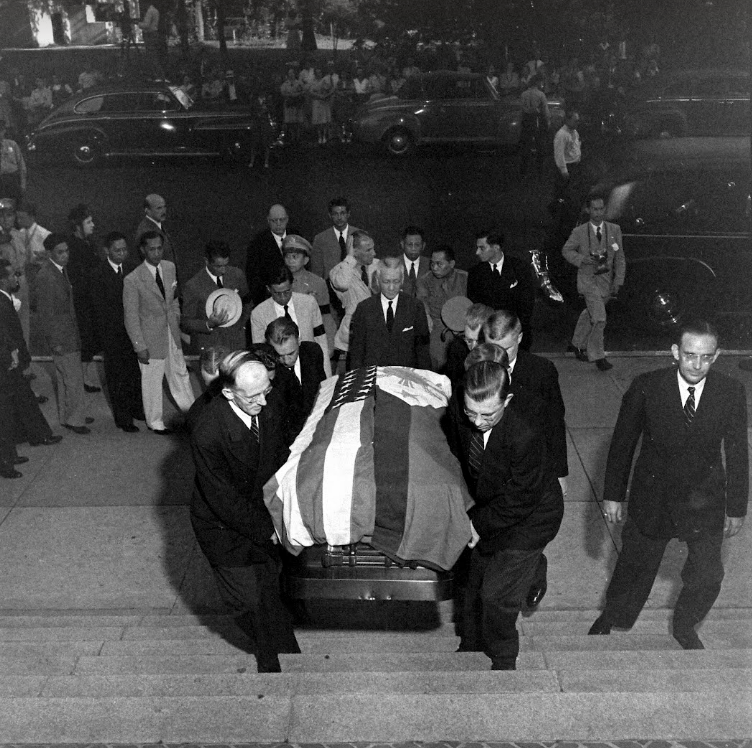
#TodayinHistory in 1882, Monte de Piedad y Caja de Ahorros de Manila (Mount of Piety & Savings Bank of Manila), the oldest savings bank in #PH, began its operations. It was 1st in the Philippines to offer loans to the poor w/ moderate interest. THREAD
#banking #kasaysayan
#banking #kasaysayan

Since the end of the Galleon trade in 1815, #PH economy under colonial administration was forced to diversify. While there were gains in this shift, it caused disparities among wage-earners in colonial Philippines, w/ its effects being felt until 1880s.
https://twitter.com/indiohistorian/status/1437746094562107397?s=20&t=ZK8RTiYOYLoQYNOzEMGIMA
Domestic textile, for ex., couldn't compete w/ foreign imports. Low wage earners became susceptible to diseases & unemployment. To alleviate these problems, the funds from Obras Pias (religious charitable foundations linked to the Galleons) was redirected to establish...
... El Banco Español Filipino de Isabel II (now @TalktoBPI) in 1851, the oldest bank in Southeast Asia, & Monte de Piedad. It was Spanish Gov-Gen Domingo Moriones y Murillo who decreed the preparation for the est. of Monte de Piedad in 1880. 

The principle applied in Monte de Piedad as it was in similar banks in Europe, was to make a means for the borrower to benefit more than profit the lender. Any amount that exceeded the initial debt unpaid would be given to the debtor/descendants.
Initial capital of Manila's Monte de Piedad was sourced from Obras Pias via Casa de Misericordia. With support from Manila Archbishop Pedro Payo y Piñeiro & the Spanish colonial gov, the bank was finally established on 20 July 1882, and began operations #onthisday of that year.
The implementation was attributed to the intervention & push of Franciscan Spanish friar, Felix Huerta. The bank opened at the 1st floor of the original building of Real Colegio de Santa Isabel in #Intramuros (now @Isabelan1632).
Soon it transferred to Plaza Goiti (now, Lacson) #Manila in 1894. The bank bldg was destroyed in the Battle of Manila in 1945. After it was rebuilt, the bank was still directly administered by the archbishop until its incorporation in 1949. 
https://twitter.com/indiohistorian/status/1489154513072123908?s=20&t=ZK8RTiYOYLoQYNOzEMGIMA

Unfortunately the bank went bankrupt in 1997. The Keppel Group of Singapore acquired it as it garnered 90% of its shares. It is now known as Keppel Monte Bank.
Photos:
- Postcard, Monte de Piedad in the early 20th century, at Santa Cruz, Manila, from Leo Cloma Flickr
- Domingo Moriones y Murillo, La Ilustración Española y Americana, Año XXV, n.º. 2., 15 Jan 1881
- Monte de Piedad's building in 1945, from Presidential Museum & Library
- Postcard, Monte de Piedad in the early 20th century, at Santa Cruz, Manila, from Leo Cloma Flickr
- Domingo Moriones y Murillo, La Ilustración Española y Americana, Año XXV, n.º. 2., 15 Jan 1881
- Monte de Piedad's building in 1945, from Presidential Museum & Library
• • •
Missing some Tweet in this thread? You can try to
force a refresh














